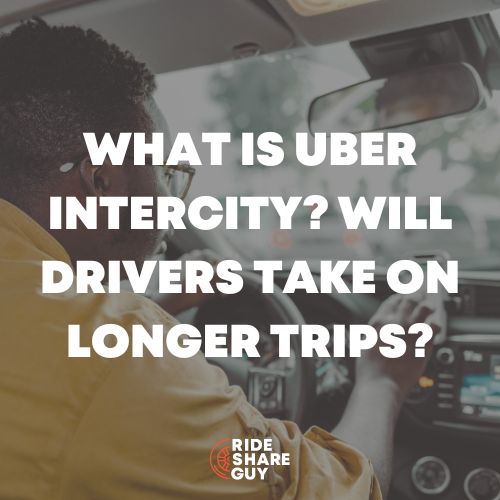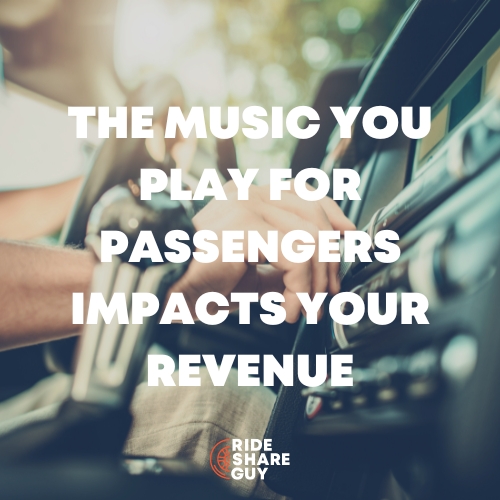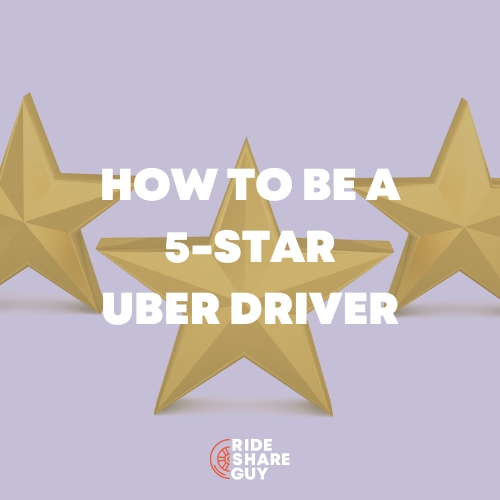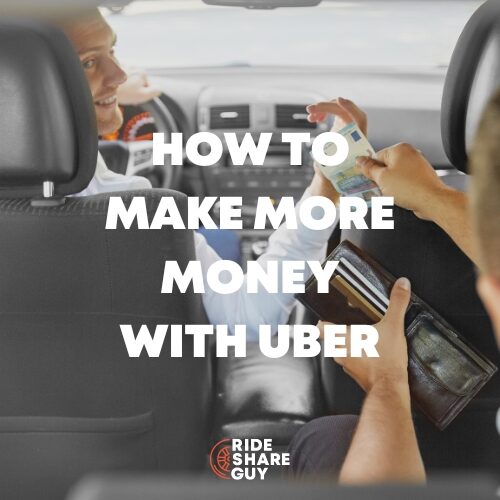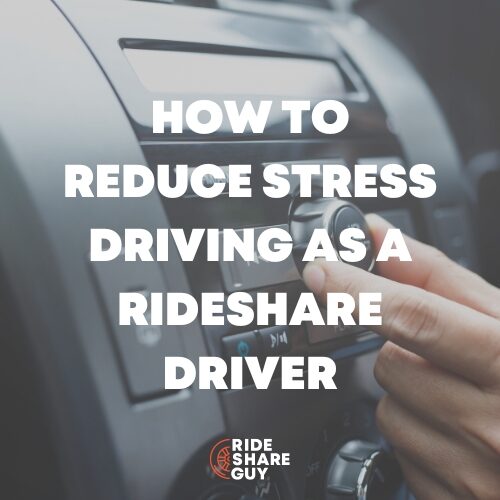After our last article on driving in bigger vs. smaller cities, we received several emails asking us to cover rideshare driving from a small town driver’s point of view. Today, we have that article for you! Reader Chris (he’s asked us to withhold where he lives, for reasons you’ll read below) shares his guest post with us today on what it’s like driving in a small town, why he does it, and the challenges small town drivers face.
We’re always looking for other drivers’ perspectives on driving! If you have driving tips or perspective you haven’t seen on RSG, contact us here and if picked, you’ll get a $100 Amazon Gift card!
I signed up with Uber in October of 2016 and Lyft shortly after in December of 2016. After I signed up, I drove in a city of 320,000 people (Lexington, KY) that had a major university, horse racing track, tons of bars, breweries, and distilleries. That city is approximately 25 miles and 35 minutes from my home.
Every night that I wanted to work, I had to deadhead to city center, then do the same on the way home. Using data I compiled in the first half of 2017, I averaged about 14 rides per day that I worked, at a net profit of $9/hour.
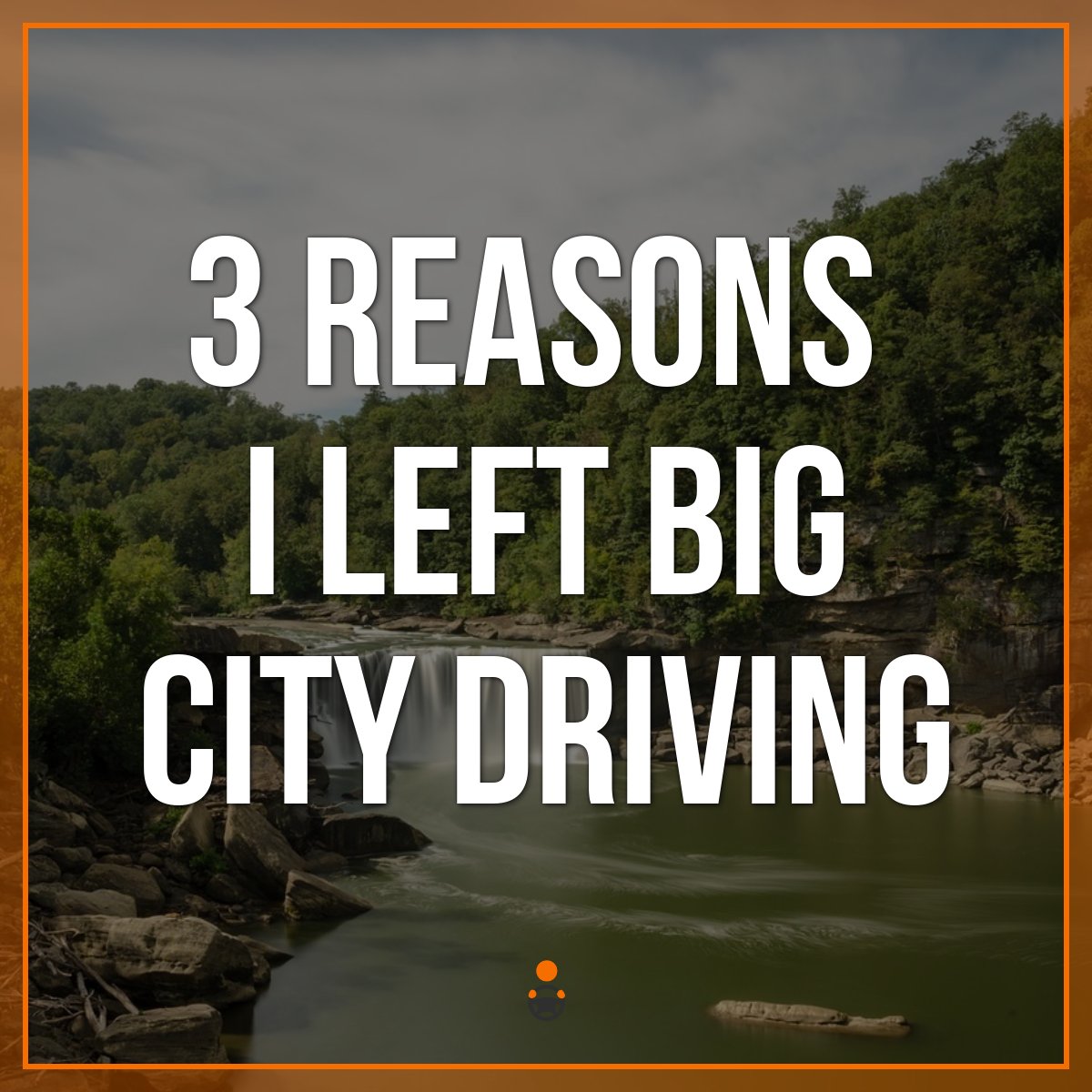
Choosing to Leave a Bigger City for a Small Town
In August of 2017, I decided to start staying in the town in which I live, which is also my hometown. This town is about 35,000 people, with a smaller university and a couple of bars – that’s about it. Using data from the latter half of 2017, I averaged about 5 rides per night that worked, but earned $12.36/hr net profit.
There are a few reasons behind my wanting to not drive in the larger city any longer:
- I know Lexington, KY well enough to know the major areas where people will want to congregate to. What I don’t know is the all the neighborhoods, or their names, and more specifically the ones I should stay away from.
- Traffic in the city is INSANE. No joke, the people who live there know that it’s bad, and it’s not even that large of city either. For example, when rideshare driving, if you are dispatched to a ride and the estimated pickup time is 5 minutes, it will easily take you 10-15 minutes. It’s this way normally, even without an event going on. With an event occurring, as you can imagine, it’s much worse. So because of this, many riders are already unhappy by the time you get to them. Not the way I like to start a ride…
- Oversaturation is another problem. Like I mentioned before, it’s a city, but no metropolis. However, there is never a lack of drivers. Great for Uber, not great for drivers. It seemed no matter where I went, I was always within a mile or two of three to five other drivers. So then I found myself doing exactly the thing I swore I’d never do: driving around aimlessly, burning fuel, looking for rides – or sitting dead still wasting time and killing my dollar per hour.
Time to Try Something Unconventional
August 2017 comes and I decide to try something different. With a new school year came new college students, students I was hoping would be firing up their apps in hopes for rides. Instead of traveling to the nearest large city, I decided I was going to sit on my couch, with both apps on, cross my fingers, and see what happened. I ended up getting some rides and even one going to the larger city.
Next, I asked my super talented and lovely wife to design some business cards and I invested a small amount of money toward “advertising”. I passed these cards out at every bar, hotel, dorm building, student center, coffee shop, etc. I even stapled them to the utility poles on campus knowing that students would be walking by them daily.
I also spoke directly to the managers at these local establishments and let them know that a rideshare driver was sticking around town now and asked them to share the news with their customers in need of a ride.
Was it Worthwhile to Stay in Town?
In September 2017, I had a banner month. I had the best month I have ever had since starting rideshare. Passengers are overjoyed and freaking out that “We now have Uber! OMG! I can’t believe it!”. Even though we’d had service in town since January of 2015, there just weren’t any drivers sticking around the smaller town.
There are many things that are better about driving in my town:
- I know the place like the back of my hand. I was born and raised here.
- I know where I belong, where I don’t, and I am able to make recommendations to my passengers about where they should dine and imbibe. My local businesses are grateful to me for recommending them.
- I get long trips to the larger city often, sometimes the airport, sometimes to events, etc.
- I’m no longer wasting miles driving to a place to chance getting a ride or two. Instead, I sit here on the couch. And if it’s not busy, I’ll just keep watching this football game, playing with my daughter, or knocking some things off the to-do list around the house.
The Downsides of Remaining in a Smaller Town
Now, not everything is great. In fact, some things are harder. The worst part about driving in a town where nearly no one is accustomed to having rideshare is that they do not know how it works. Every rideshare driver that has been driving any amount of time will have to deal with underage riders, open container laws, no child seats, or too many riders on a ride. But here, it seems to happen – A LOT. I chock all that up to “they just don’t know any better”. I try to help educate them, but it’s hard when other drivers aren’t as strict on the enforcement side of things.
Another downside to driving in your small hometown is that you are driving in your small hometown. I have to be really careful when someone asks who I am, what I do, etc. For the most part, I don’t care to tell a lot about myself. However, I’m driving around a lot of the same people, and they turn into regulars. That can be good and bad.
I also find that I have to be online nearly every night in order to form a good month. During the week, I’m looking at a ride or two a night. Survive until Friday/Saturday and I might (or might not) have money coming in.
All in all, I think I’m better off driving here in my small town – I like serving my town. I like meeting new people and introducing them to the place I know and love. We definitely have a need for rideshare here – our cabbies are the worst. However, a year on and there are more drivers here than last year – and I am beginning to feel it.
Uber and Lyft will always accept more drivers, as it helps the paying customer get rides easily, but I have noticed that more drivers are sticking around town and taking some of my business. However, the continuous growth of riders using rideshare in town has helped to make that less painful and kept me optimistic.
Chris has been driving for Uber and Lyft since October 2016. He lives in Kentucky with his wife and daughter, and they are expecting baby #2 in December 2018. Chris originally started rideshare driving because of the flexibility and extra income. In addition, he’s a mechanic and is able to keep his repair costs low. In his spare time, Chris enjoys spending time with his family, playing music, being outside (hiking, camping, etc.) and he is, of course, a Kentucky Wildcats fan.
Readers, do you drive in a smaller town or city? What are your impressions of driving in a small town vs. a bigger city?
-Harry @ RSG
